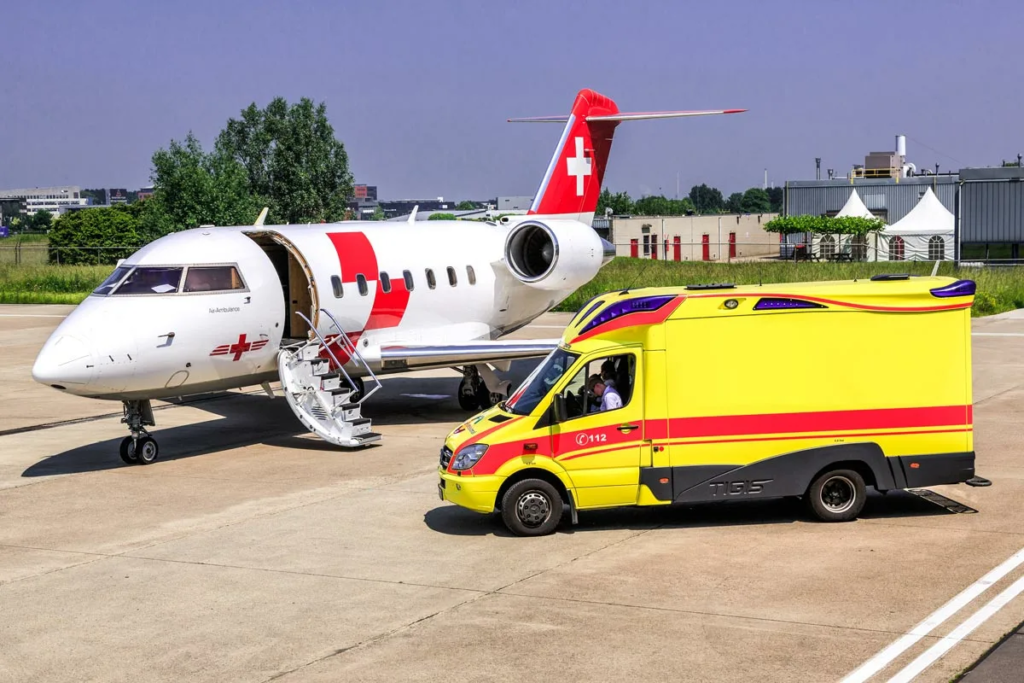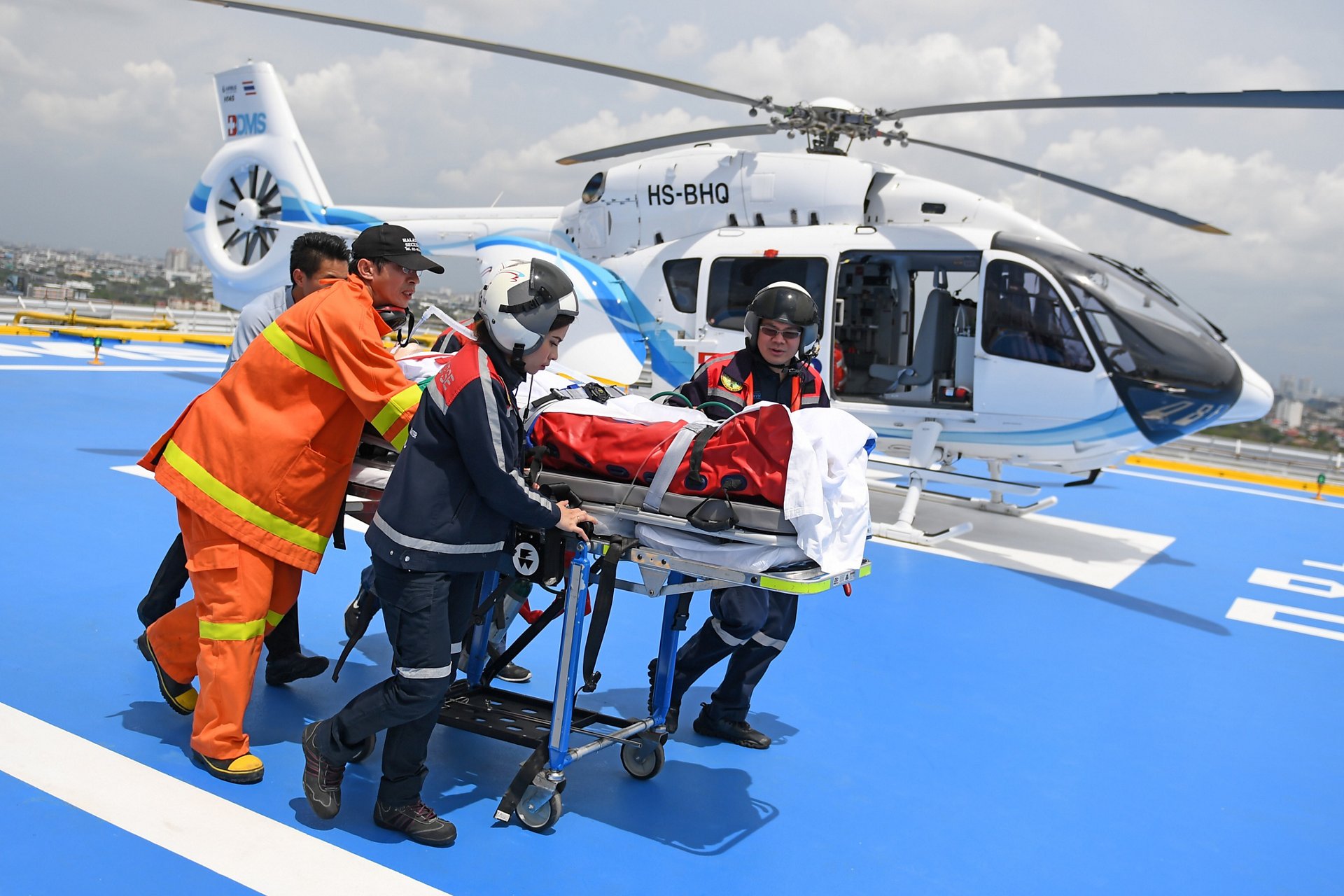Explore the key differences between air, train, and road ambulance services in India. Learn about their advantages, limitations, and ideal use cases to make informed decisions during medical emergencies.

Road Ambulance Services in india
Overview:
Road ambulances are the most commonly used emergency vehicles, especially in urban and semi-urban areas. They are equipped to handle a range of medical situations, from minor injuries to critical emergencies.
Advantages:
- Accessibility: Can navigate through city streets and reach locations inaccessible by other means.
- Cost-Effective: Generally more affordable compared to air and train ambulances.
- Immediate Availability: Often stationed at hospitals and can be dispatched quickly.Limitations:
- Traffic Delays: Urban congestion can impede timely arrival.
- Limited Range: Not ideal for long-distance transfers.
- Infrastructure Dependence: Effectiveness can be compromised in areas with poor road conditions.
Ideal Use Cases:
- Short-distance transfers within cities.
- Immediate response to accidents or sudden medical emergencies.
- Transport between nearby medical facilities.
Train Ambulance Services
Overview:
Train ambulances are specially equipped coaches in passenger trains designed to transport patients over long distances. They are staffed with medical professionals and equipped with necessary medical apparatus.
Advantages:
- Cost-Effective for Long Distances: More affordable than air ambulances for intercity transfers.
- Comfort: Spacious interiors allow for patient comfort during long journeys.
- Availability: Can be scheduled for planned medical transfers.
Limitations:
- Scheduling Constraints: Dependent on train schedules, which may not align with emergency needs.
- Speed: Slower compared to air ambulances, making them less suitable for time-critical situations.
- Route Limitations: Restricted to areas connected by railway networks.
Ideal Use Cases:
- Non-emergency transfers requiring specialized care in another city.
- Patients stable enough to endure longer travel times.
- Transfers from remote areas with railway access to metropolitan hospitals.
✈️ Air Ambulance Services
Overview:
Air ambulances are aircraft—either helicopters or fixed-wing planes—equipped with medical facilities to transport patients quickly over long distances or from remote locations.Wikipedia
Advantages:
- Speed: Fastest mode of medical transport, crucial during the “golden hour” of trauma care.
- Accessibility: Can reach remote or inaccessible areas lacking proper road or rail infrastructure.
- Advanced Medical Care: Equipped with ICU facilities and staffed by specialized medical personnel.
Limitations:
- Cost: Significantly more expensive than road or train ambulances.
- Weather Dependency: Operations can be hindered by adverse weather conditions.
- Infrastructure Requirements: Requires airstrips or helipads for landing and takeoff.
Ideal Use Cases:
- Critical emergencies requiring rapid transport to specialized facilities.
- Transfers from disaster zones or remote areas without adequate medical infrastructure.
- Organ transplants or situations where time is of the essence.
Comparative Overview
| Feature | Road Ambulance | Train Ambulance | Air Ambulance |
| Speed | Moderate | Slow | Fast |
| Cost | Low | Moderate | High |
| Accessibility | High | Moderate | Variable |
| Best For | Short distances | Long distances | Critical emergencies |
| Availability | High | Scheduled | Limited |
Making the Right Choice
Choosing the appropriate ambulance service depends on several factors:
- Patient’s Condition: Critical patients may benefit from the speed of air ambulances, while stable patients can be transported via train or road.
- Distance: Long-distance transfers might necessitate air or train ambulances.
- Urgency: Immediate emergencies often require the quickest available mode, typically road or air ambulances.
- Cost Considerations: Budget constraints may influence the choice, with train and road ambulances being more economical.

